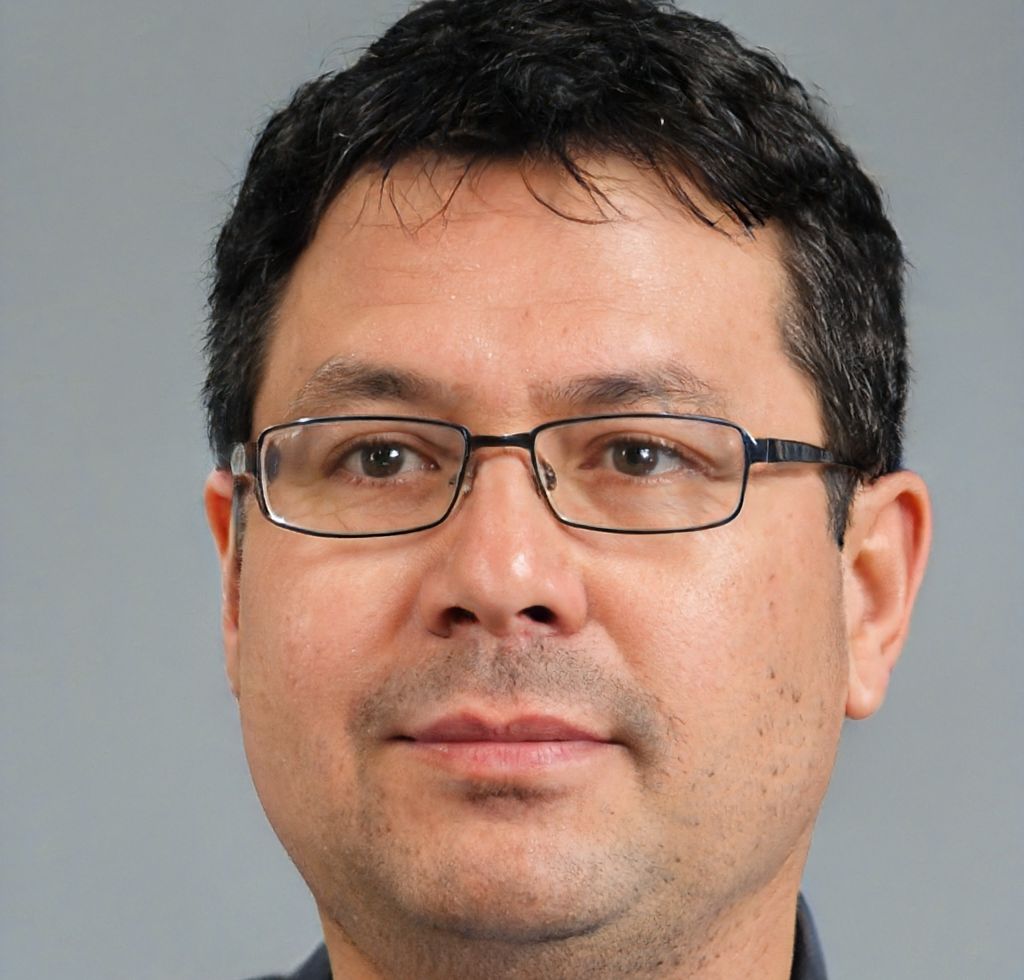If there was nothing before the Big Bang occurred, then in theory there was nothing to cause it to expande/explode. How do scientists explain this phenomenon?
Presently there is no agreed upon answer.
Previously the generally accepted answer were the oscillating universe theories. The idea was that the big bang would be followed by a big crush. The universe would expand for a time and then contract forming another big band. This allowed for the concept of material realism that matter and energy were basically eternal and self existent.
Then in 1997 and 1998 studies of supernovas provided evidence that the rate of the expansion of the universe was increasing. This empirical data indicates that the contraction of the universe needed for the oscillating universe theories will never happen.
The implication of the supernova studies is that the universe is an open system there must be something that exists outside of the space, time, matter, energy continuum of our present universe.
What exists outside of our universe is beyond scientific observation or experimentation. One theory is the multi universe theory. A variation of the multi universe theory is the white hole black hole theory and the idea of worm holes. Chaos theory or nothing really isn;t nothing theory has also been proposed.
Scientists are reluctant to give up the concepts that matter and energy are all that exists because matter and energy are all that science can investigate. That there is something non material outside of the universe is regarded as unscientific. Hence the different theories to explain where the present universe could have come from.
By signing up, you agree to our Terms of Service and Privacy Policy
Because our current understanding of physics breaks down at the moment of the singularity, scientists theorize that the universe existed in a state of extreme density and temperature prior to the Big Bang. Some theories suggest that quantum fluctuations or other unknown phenomena could have initiated the expansion, but these theories are still speculative and require further research and evidence for confirmation.
By signing up, you agree to our Terms of Service and Privacy Policy
When evaluating a one-sided limit, you need to be careful when a quantity is approaching zero since its sign is different depending on which way it is approaching zero from. Let us look at some examples.
When evaluating a one-sided limit, you need to be careful when a quantity is approaching zero since its sign is different depending on which way it is approaching zero from. Let us look at some examples.
When evaluating a one-sided limit, you need to be careful when a quantity is approaching zero since its sign is different depending on which way it is approaching zero from. Let us look at some examples.
When evaluating a one-sided limit, you need to be careful when a quantity is approaching zero since its sign is different depending on which way it is approaching zero from. Let us look at some examples.
- What date was the earth created?
- How was it determined that a parsec is 3.26 light years?
- Why do atoms emit or absorb light of specific wavelengths?
- How far is the earth from the sun?
- How do you reconcile something as messy as the Big Bang theory sounds with the well ordered universe and biological systems that can be found in our universe?

- 98% accuracy study help
- Covers math, physics, chemistry, biology, and more
- Step-by-step, in-depth guides
- Readily available 24/7
 Asher Cohen
Asher Cohen Clara Avalos
Clara Avalos